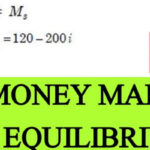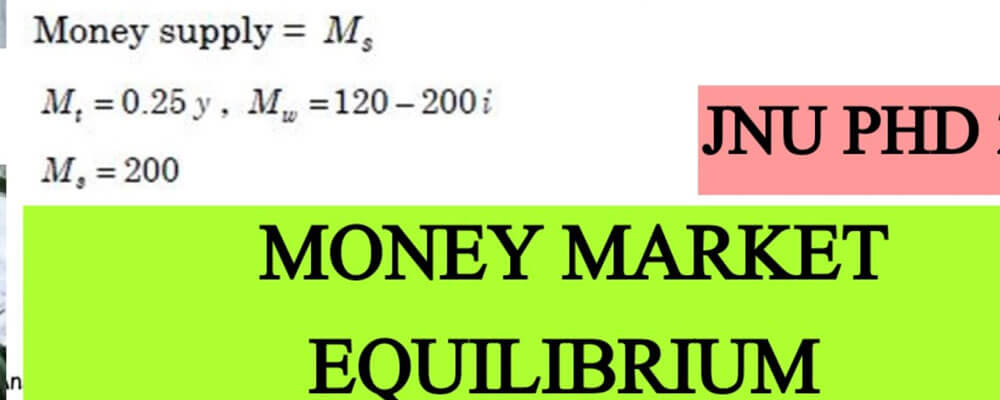As we know that according to Hermanson auditing standards refer to measures of the quality of performance of the procedures used by the auditor during his or her examination.
Let’s discuss various Audit techniques in detail to understand the auditing procedure.
Table of Contents
ToggleBasic Audit Techniques
The basic audit techniques for conducting auditing are as below:
-
Inspection
Inspection is concerned with review or examination of records, documents or tangible assets. Inspection of record is made to note recording, authority and validity of data. Auditors commonly use this technique.
-
Observation
Observation means looking at an operation or procedure being performed by others in order to determine the manner of its performance. The auditor can observe the physical stocktaking by management.
-
Inquiry
Inquiry means obtaining relevant information either written or oral from resource persons within or outside the enterprise through formal and informal manner.
See Also: Test Checking in Auditing
He can inquire from debtors, creditors, bankers, and other experts in the field to form an opinion.
-
Confirmation
Confirmation is a response to an inquiry to prove certain data recorded in the books of business concern.
The auditor can ask management to inform debtors for confirmation of account balances. The auditor can collect information from debtors to ensure the accuracy of data,
-
Computation
Computation is concerned with checking. the arithmetical accuracy of accounting records or doing independent calculations.
The journal entry, posting and balancing accounts can be compared with the vouchers to test the reliability of data.
-
Sampling
Sampling is concerned with selecting few items from whole accounting information. Audit sampling is the application of a compliance or substantive procedure to less than 100 percent of items within an account balance or class of transactions to enable the auditor to get hold of and assess evidence of some characteristics of the balance or class and to form or help out in forming a close concerning that characteristic.
-
Compliance Test
Compliance tests are designed ‘to obtain reasonable assurance that those internal controls on which the audit reliance is to be placed are in effect.
See Also: Advantages of Continuous Audit
In obtaining audit evidence auditor is concerned with existence of internal control, effectiveness and continuity of internal control.
-
Substantive Test
Substantive test is designed to obtain evidence as to completeness, accuracy and validity of the data produced by accounting system.
They are of two types (a) Test of details of transactions and balances; and (b) Analysis of significant ratios and trends including the resulting investigation of unusual fluctuation and items.
-
Analytical Review
The analytical review consists of studying significant ratios and trends and investigating unusual fluctuations and items.
See Also: Types of Audit Sampling Methods
The submission of analytical review procedures is stand on the hope of relationship in the middle of data and exist and continue in the absence of known conditions to the contrary.
-
Computer Assisted Audit
Computer-assisted audit techniques include audit software, test packs, embedded audit facilities, system software, data analysis, application program, examination, tracing, flowcharting and mapping. These techniques show how computer has various uses in accounting.
-
Reliance on Auditors
Reliance on auditors is an audit technique. The independent auditor can rely on internal auditors or other auditors for completing the work of work of his own audit.
-
Reliance on Experts
Reliance on experts is an audit technique. The auditor is not expert in every field. Basically, he knows accounting and audit work.
He is not an engineer, architect, lawyer and values. He has to rely on others for seeking their expert opinion about business matters.
Business Studies Notes is a one place stop for all the business students who are looking for business studies class 11 notes, business studies class 12 notes, graduation and master.










